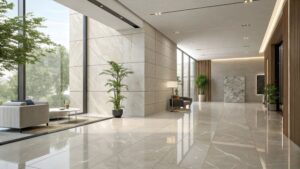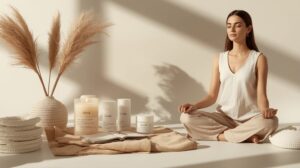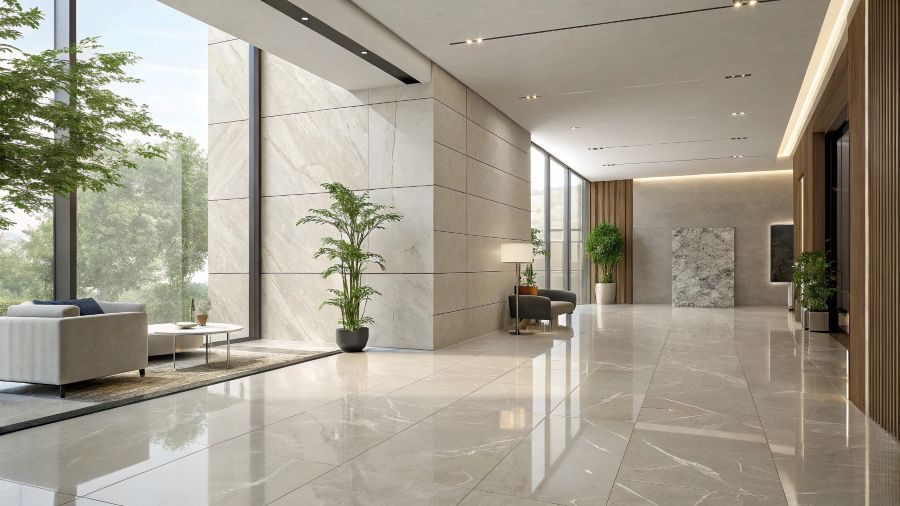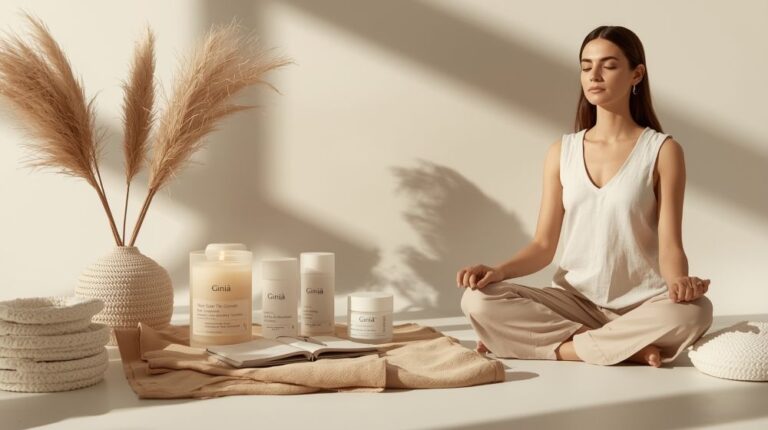In today’s fast-evolving world of interior design and sustainable construction, It has emerged as a revolutionary material that’s redefining ceramic technology.
Known for its exceptional durability, aesthetic versatility, and eco-conscious production, Sodiceram isn’t just a trend — it’s the future of ceramics.
Whether you’re an architect, interior designer, or homeowner, understanding what makes Sodiceram unique will help you appreciate why it’s fast becoming the material of choice for modern projects worldwide.
What Is Sodiceram?
It is an advanced ceramic material developed using innovative manufacturing techniques and sodium-infused compounds.
Unlike traditional ceramics, it combines high performance with sustainability, offering enhanced strength, stain resistance, and longevity.
The result is a sleek, durable, and eco-friendly surface that fits perfectly into both modern and traditional design concepts.
How Sodiceram Differs from Traditional Ceramics

Most traditional ceramics are fired clay materials prone to chipping, cracking, or fading over time. Sodiceram, however, integrates sodium-based compounds and precision firing technologies to create a material that is:
- Stronger under mechanical stress
- Less porous, making it water- and stain-resistant
- Color-stable, maintaining its aesthetic appeal for years
- Thermally balanced, resisting temperature changes and shock
This balance of strength, style, and sustainability has positioned Sodiceram as a premium material in the modern building and design industries.
Key Features of Sodiceram
Extreme Durability
It’s dense microstructure and advanced bonding technology make it far more durable than regular tiles. It can withstand heavy loads, scratches, and impacts — making it ideal for high-traffic areas like hotels, malls, offices, and residential floors.
Water and Stain Resistance
Its low porosity gives Sodiceram an advantage in wet environments such as kitchens and bathrooms. Liquids, oils, and other stains don’t penetrate easily, ensuring long-lasting beauty with minimal maintenance.
Eco-Friendly Composition
Manufacturers of it prioritize sustainability. The production process uses energy-efficient kilns, recycled raw materials, and emits fewer pollutants. Its long lifespan also reduces waste, making it a perfect choice for environmentally conscious designers and builders.
Also read: Crypto30x.com: Review 2025 – Safe or Risky Trading Guide
Elegant Aesthetic Options
It comes in a wide variety of finishes, from matte and glossy to marble-like patterns and custom textures. Whether you prefer a minimalist modern look or a classic stone appearance, Its surface can match any design theme.
Heat and Chemical Resistance
It’s composition gives it exceptional thermal stability. It resists heat damage and chemical corrosion, making it suitable for both interior and exterior applications, including kitchen counters, wall claddings, and façades.
Applications of Sodiceram in Modern Design
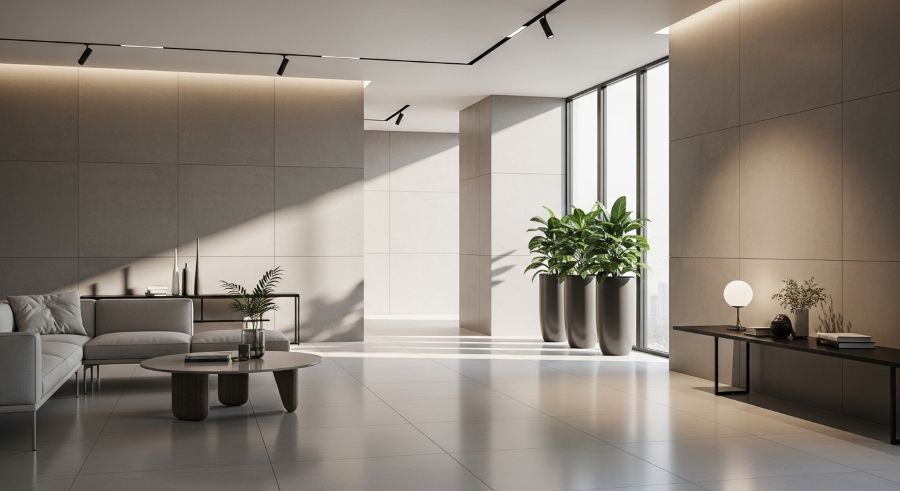
1. Flooring Solutions
Its tiles provide exceptional durability and style for flooring in homes, offices, and public areas.
Their strong resistance to scratches, stains, and moisture makes them the perfect choice for long-lasting beauty in high-traffic spaces.
2. Wall Cladding and Facades
It’s smooth texture and long-lasting color stability make it an excellent choice for wall cladding and façades.
Its resistance to UV rays, and environmental pollutants ensures a vibrant, elegant appearance that remains fresh for many years.
3. Kitchen Countertops and Bathrooms
It is ideal for kitchens and bathrooms where moisture and heat are common. Its superior resistance to spills, stains, and chemicals ensures long-lasting beauty.
And easy maintenance, and reliable performance without compromising on modern style and functionality.
Also read:Gessolini Guide: Timeless Italian Craftsmanship & Style
4. Commercial and Industrial Use
It’s exceptional durability and hygienic surface make it perfect for commercial and industrial settings such as laboratories, hospitals, and manufacturing facilities.
where strength, cleanliness, and long-lasting performance are essential for daily operations.
Why Choose Sodiceram Over Other Materials?
| Feature | Sodiceram | Traditional Ceramic | Porcelain | Natural Stone |
| Durability | ★★★★★ | ★★★ | ★★★★ | ★★★★ |
| Maintenance | Low | Medium | Medium | High |
| Water Resistance | Excellent | Good | Very Good | Moderate |
| Sustainability | High | Medium | Medium | Low |
| Aesthetic Variety | Extensive | Moderate | Limited | Limited |
This comparison shows why It is a superior choice — it delivers high-end performance, environmental responsibility, and design freedom, all in one product.
The Sustainability Advantage
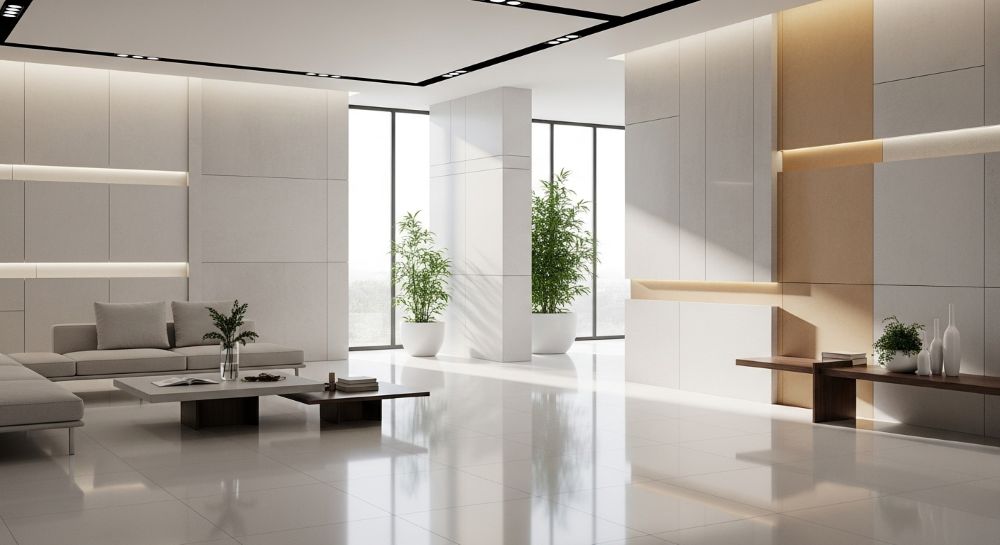
The Sustainability Advantage
Sustainability isn’t just a feature — it’s the foundation of Sodiceram. Here’s how it helps protect our planet:
- Recycled Materials: A significant portion of Sodiceram’s ingredients come from recycled sources.
- Energy Efficiency: Kilns are powered with low-emission technology to minimize CO₂ output.
- Low Waste Production: Every batch is optimized to reduce material waste.
- Longevity: Because Sodiceram lasts decades, it reduces the need for replacements — saving resources.
- Eco-Certifications: Many manufacturers follow ISO and LEED sustainability standards.
By choosing It, you’re not just upgrading your space — you’re supporting the environment.
Maintenance and Care Tips
One of i’s best advantages is its ease of maintenance. Here are a few quick tips:
- Use mild soap and water for routine cleaning.
- Avoid abrasive cleaners to preserve the finish.
- Regularly wipe off spills to maintain the surface shine.
- Seal edges (if applicable) to enhance longevity in outdoor settings.
With proper care, Sodiceram surfaces can look as good as new for decades.
Also read: Pizza Edition Games – Try These Fun Pizza Challenges Today!
Trends and Future of Sodiceram
As design trends shift toward smart, sustainable, and timeless materials, Sodiceram continues to dominate the flooring and architectural markets.
Architects love its strength and stability, while homeowners appreciate its low maintenance and aesthetic flexibility.
With increasing demand for sustainable construction materials, It is poised to become a global standard in ceramic technology.
Conclusion
It is more than just another tile or surface material — it’s a symbol of innovation, strength, and sustainability. It combines the timeless beauty of ceramics with cutting-edge science, offering a perfect balance of performance and design. Whether you’re building a modern home, a commercial space, or an architectural masterpiece, It delivers both function and elegance that last a lifetime.
FAQs
1. What is Sodiceram made of?
It is made from refined clay and sodium-based compounds fired at high temperatures to achieve superior strength and low porosity.
2. Is Sodiceram eco-friendly?
Yes, It is produced with energy-efficient methods and recycled materials, making it an eco-conscious building choice.
3. Where can Sodiceram be used?
It’s ideal for flooring, wall cladding, countertops, bathrooms, and outdoor façades.
4. How long does Sodiceram last?
With proper care, Sodiceram surfaces can last for decades without losing their shine or strength.
5. Is Sodiceram expensive?
It may cost more than standard tiles, but its durability and low maintenance make it cost-effective in the long term.
What are the key benefits of using Sodiceram tiles?
Sodiceram tiles offer superior durability, water and stain resistance, and eco-friendly production. Their modern designs and long-lasting performance make them ideal for sustainable flooring, wall cladding, and contemporary interior spaces.


